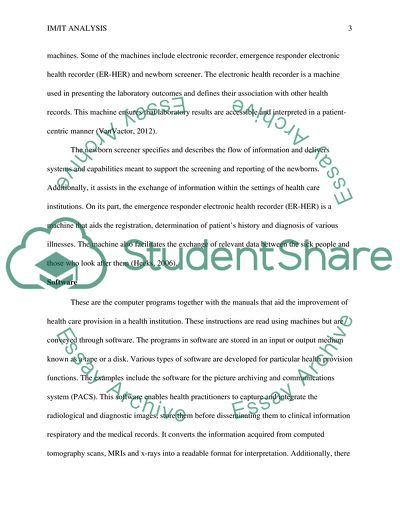Cite this document
(“Major Components of Information Management Research Paper”, n.d.)
Major Components of Information Management Research Paper. Retrieved from https://studentshare.org/information-technology/1785754-imit-analysis
Major Components of Information Management Research Paper. Retrieved from https://studentshare.org/information-technology/1785754-imit-analysis
(Major Components of Information Management Research Paper)
Major Components of Information Management Research Paper. https://studentshare.org/information-technology/1785754-imit-analysis.
Major Components of Information Management Research Paper. https://studentshare.org/information-technology/1785754-imit-analysis.
“Major Components of Information Management Research Paper”, n.d. https://studentshare.org/information-technology/1785754-imit-analysis.


